A Prize-Winning Project By The Peruvian Artist Maya Watanabe Sheds New Light On Peru’s “Dirty War”
By Dorian Batycka | Imeges courtesy the artist and La Casa Encendida
Madrid, Spain—An immersive new video art project by the artist Maya Watanabe tracks the missing and murdered victims of an internal conflict in Peru that took place in the 1980s.
The audiovisual production is based on an investigation into 6,000 non-exhumated mass graves and more than 16,000 missing persons. Today, nearly two decades after the genocide officially ended, the victims and their families are stilling waiting for official recognition.
At La Casa Encendida in Madrid, the work, entitled “Liminal”, investigates these mass graves that have only very recently come to light, creating in a sense a project that explores art’s ability to act as a kind of forensic archeology to horrible crimes and genocide.
According to Hilde Teerlinck, director of the Han Nefkens Foundation, which provided a production award grant for the project; Watanabe’s work incorporates personal narratives and a social responsibility to tell the stories of that left silent. The interesting thing about Watanabe, says Teerlinck, “is her ability to make the invisible, visible.” In this case, the thousands of Peruvians who either died or went permanently missing in a bloody internal conflict.
“The force of her work is to create striking poetic images that absorb all our senses. When we zoom in on the subtle details, however, she reveals to us a cruel reality,” Teerlinck says, which “simultaneously shows, and does not show, a reality that is no longer to be seen.”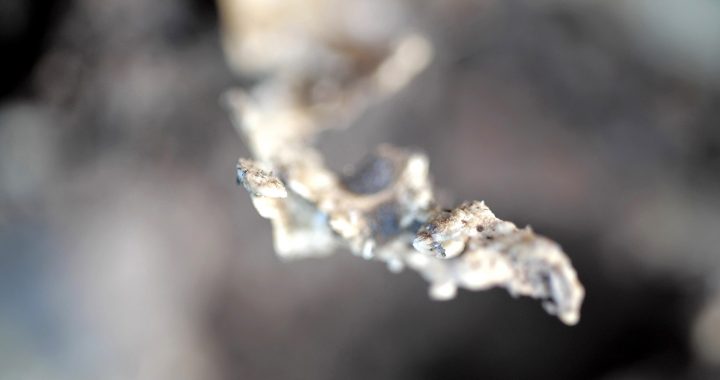
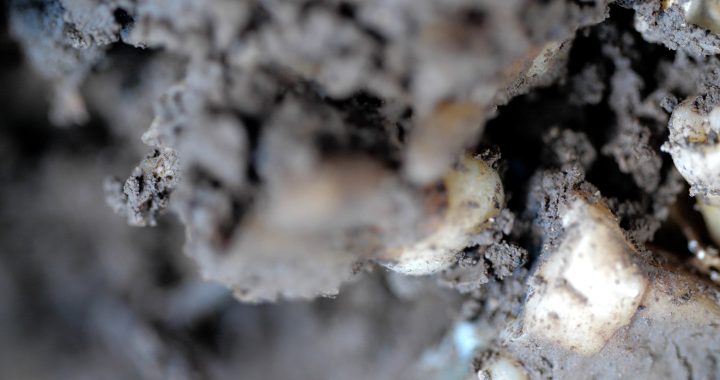
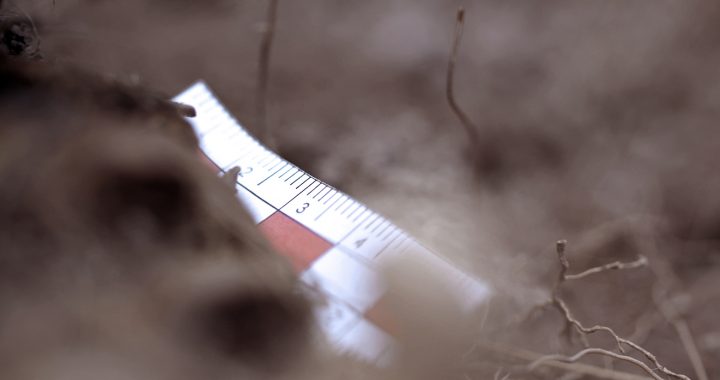
The looped footage foregrounds mass graves shot by Watanabe last year. Her camera exposes intimate close-ups of the mass graves that have only recently come to light. Therein, we experience close-ups of exhumed remains only partially visible, abstracted to the point of near invisibility. Watanabe told me she wanted to activate a kind of forensic archeology, and in doing so, she attempts to use her art as a vehicle for coping, as a means of starting a conversation within Peruvian society that attempts to foreground victims, many of whom remain officially ‘missing’ because their deaths were never recognized by the warring parties.
In the 1980s, an internal armed conflict erupted in Peru between the government and the Shining Path and the Túpac Amaru Revolutionary Movement, in which an estimated 70,000 people died, many of whom were women and children, the bloodiest war in Peru’s history.
It was only in the early 2000s, however, when the Peruvian government, after over two decades of pressure from citizens and civil society organizations, began to ask questions about those who went missing during the conflict.
From 1982-1989, an event known as the “Shining Path Massacres,” took place in and around the rural towns of Ayacucho. There, it is estimated that thousands of child soldiers were recruited by Shining Path militants in an effort to fend off government armed forces. In her work, Watanabe examines two mass graves associated with the Shining Path Massacres, one in Tastabamba (Ayacucho) perpetrated by local militias, the other in Nueva Villa Paraiso (Huánuco), carried out by Shining Path. Both were in 1984. It was only recently, however, that these graves were publicly acknowledged.
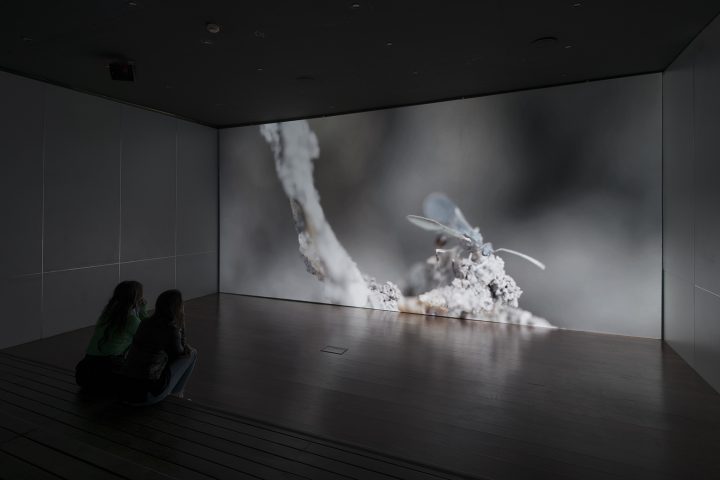
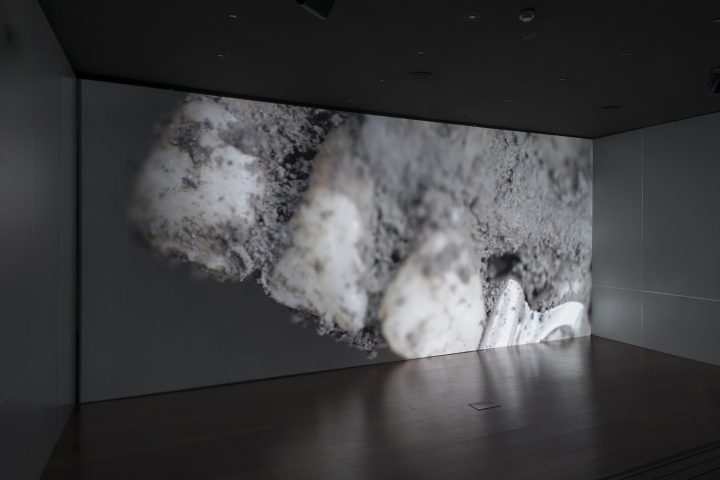
In 2003, Peru finally set up a Truth and Reconciliation Commission to look into what took place. After conducting research into the area and talking to numerous witness, the Commission found that nearly 70,000 people had been killed or had disappeared during the state’s war against the Shining Path and Tupac Amaru Revolutionary Movement (MRTA). However, still to this day, no one has been held accountable for the mass deaths. Making matters worse, many of the victims remain in situ, unmarked and still officially ‘missing.’ Here, in Watanabe’s film, we bear witness to the fate of the Peruvians who disappeared and went missing during Peru’s so-called “dirty war.”
As a point of departure, rather than one of arrival, Watanabe’s project propels the viewer into the shadowy, dark and depressing world of genocide.
It is with this in mind that Watanabe painstakingly traces the roots and material remains of victims; her project becomes almost cathartic—but in a way that doesn’t feel obtrusive. In attempting to restore the identity of the victims, long since forgotten, Watanabe’s project becomes akin to act an act of mourning, an aesthetic of grievance.
While her video touches on the topics of grief and bereavement, it will likely touch a sensitive nerve among Peruvians when it is exhibited at the Museum of Art of Lima MALI later this year. Then, perhaps, the installation will at long last help Peruvians come to terms with and acknowledge its own dark, violent past.
Maya Watanabe’s “Liminal” was recently in exhibition at La Casa Encendida.
It opens at the Museum of Art of Lima MALI on August 21, 2019.

 Español
Español